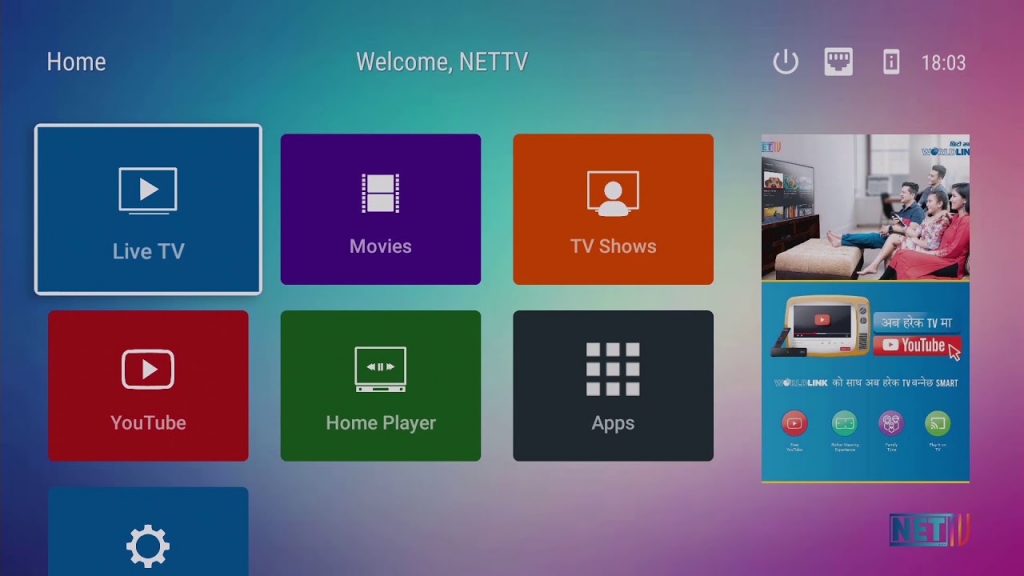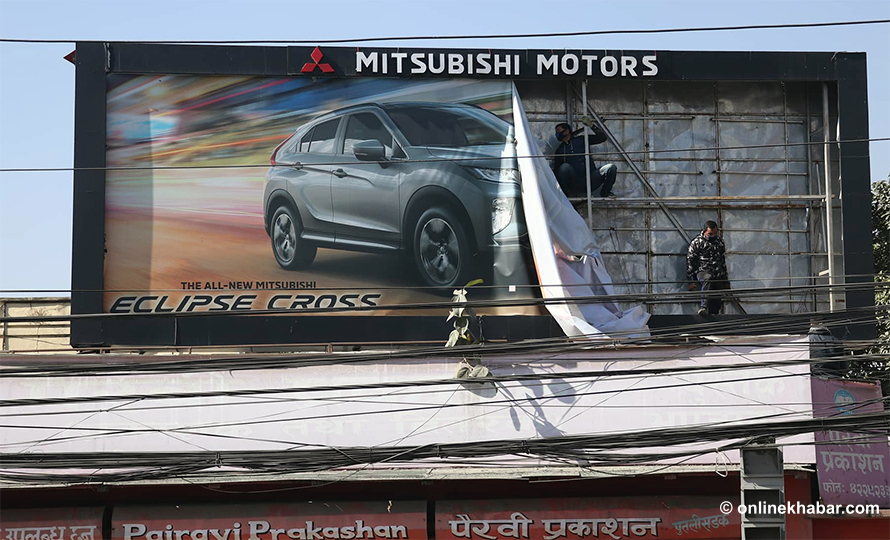Sarita Sharma loved watching the television. A housewife, she considered the TV serials an escape from everyday duty. On average, she spent around six hours daily watching different soap operas on TV.
When she heard that a clean feed policy was being implemented in Nepal, she was happy. She felt that now she could watch her favourite shows advertisement-free. But, what happened, in reality, drove her away from the television set.
“The same advertisement over and over again was so irritating. This wasn’t what I thought the clean feed policy was. I don’t watch the TV anymore,” says Sharma, adding she watches most of her shows on a website suggested to her by her son. “I am not switching back to TV. It’s just too irritating.”
When the clean feed policy was implemented in Nepal, there was a certain optimism among both consumers and stakeholders alike. Stakeholders felt it would boom the domestic advertising scene which would help out many in the creative field. They had also hoped that with Indian products not getting marketed through Indian channels, traders would have to make sure they started making Nepali advertisements.
But, 18 months on, these things remain wishful thinking. Advertisement revenues have substantially gone down along with the number of subscribers. Stakeholders, including those who think the clean feed policy should continue, have started to question the effectiveness of it.
Complaints galore

When Avash Ghimire first heard about the clean feed policy, he was excited. Working in the creative field, he felt people like him would get more work. But, what happened has disappointed him and others like him.
“We felt that even non-celebrities would get to be in advertisements. But, it seems it was just wishful thinking,” says Ghimire, a content creator and a football commentator.
Apart from that, like Sharma, he is also irked by the same repetitive advertisement that appears on all the channels that he watches.
“The only reason I switch on the TV is to watch sports. But, as soon as I do, I get frustrated with the same recurring advertisements as do my parents. I don’t understand the point of the clean feed policy,” says Ghimire.
Sudhir Parajuli, the president of the Federation of Nepal Cable Television Association, says the cable TV operators are aware of these problems and understand that people are frustrated with the clean feed policy. But, he says that the operators cannot do anything. Parajuli says since the clean feed policy was imposed, cable operators have lost around 40 per cent of their users.
“This has been a disaster for us. I personally feel this is a failure. The government took two decades to bring it and it did so without having proper discourse with us and the consumers who have to pay the price for this,” says Parajuli, who is also the president of Subisu Cablenet.
Failure to reap benefits

Parajuli says the government and other stakeholders had talked about how the policy would improve advertisement revenue as the promotion of foreign products would stop. On the contrary, advertising revenue has gone down in the 18 months.
“This hurts the entire industry. Subscribers of TV going down means that Nepali TV channels will also suffer,” says Parajuli.
But, the Advertising Association of Nepal (AAN) President Som Prasad Dhital says the number of subscribers going down has nothing to do with the clean feed policy. He says the main reason for the drop in users is the rise of OTT platforms like Netflix, Hotstar and Amazon Prime. He also says that with most TV shows being aired on YouTube, people have stopped watching cable TV.
“Why would people watch TV when they have options like these. They can watch whatever they can on their phone or other devices. Blaming the clean feed policy for this is ludicrous,” says Dhital.
He also says that blaming the policy for the drop in advertising revenue is also wrong as everyone has started to advertise digitally.
“The digital market is huge. Unlike on TV, you can generate quantitative data on digital platforms and that for new-age businesses is better than advertising on TV,” says Dhital, arguing the policy should have come much earlier.
He says they had talked to the government for the past two decades to implement it, but the government did not seem interested.
“They brought it when TV is on the decline. Even though they have brought it, the implementation is still poor and the government needs to be stricter,” says Dhital.
Poor implementation
It means advertisers are also not happy either.
And, he is right, the channels that are being aired in Nepal are not technically clean feed. The Nepali operators are the ones who are airing promotional advertisements on the channels. This is pushing people away from the television.
When asked if they can play Nepali advertisements on the Indian channels under the clean feed policy, Parajuli says the rules are unclear. Because there is a grey area, they do not know if it is possible or not and are talking to the government if they can do that.
“This type of problem arises when policies are prepared without keeping stakeholders in check,” says Parajuli.
Binod Prakash Singh, the spokesperson at the Ministry of Communications and Information Technology, says the officials are also aware of the problems consumers are facing due to the clean feed policy. He further adds that the government also knows that policy has not been as effective as it wanted it to be.
“We are in discussions with stakeholders because we understand that clean feed isn’t as effective as we thought it would be,” says Singh.
That said, he does say that as the policy was already passed, nothing could be done unless the government at the political level decides to review the policy in the coming future.
To clean or not to clean feed
But, it is the consumers who will have to pay the price for this. Parajuli says that Indian channels have not charged them much for the content but adds that they have told them that a 15 per cent price rise will come into effect from this year.
“This will then have an effect on the price we charge,” says Parajuli who feels that this can be stopped if the government decides to cancel the clean feed policy.
But, Dhital argues cancelling should not be on the agenda. He says there needs to be a review. He also says that the channels are not 100 per cent clean feed and calls for cable TV operators to push for a 100 per cent clean feed model.
“They can sell channels to people. I’m sure people will pay to watch their favourite channels. This also helps promote Nepal’s TV channels. But, I think these people are very narrow-minded,” says Dhital.
But Sharma and Ghimire, like Parajuli, want the clean feed gone.
“I wish things were like it was before. I enjoyed watching Indian advertisement, which is also good content. What we are having to watch right now is painful to the eyes and ear,” says Ghimire.


























